As antiquated as they may be by today’s standards, Shenmue 1 and 2 are classic and impressively forward-thinking games that overcome their technical issues with their epic stories and charming characters. They certainly aren’t perfect, but this well-made collection proves that they’re definitely worth revisiting.

Shenmue I & II HD
Developer: D3T, originally Sega
Price: $29.99
Platforms: PS4, Xbox One, and PC
MonsterVine was provided with a PS4 code for review.
Let’s get this out of the way: the first Shenmue is one of my favorite games of all time. The thrilling tale of Ryo Hazuki’s quest for revenge is one that I’ll always remember, even if it isn’t even finished yet. The release of a Shenmue collection excited me from day one, but I still had my reservations. Shenmue originally came out in 1999, and it’s fair to assume that any 19 year-old game (especially a 3D one) will feel a bit dated. While this is partially true, it doesn’t change the fact that both Shenmue and Shenmue II are incredibly ambitious and enjoyable games that, despite their blemishes, certainly have a place in today’s industry.
The first Shenmue follows Ryo Hazuki, a young man who bears witness to his father’s murder at the hands of the villainous Lan Di. For unknown reasons, Lan Di wants the Dragon Mirror and the Phoenix Mirror, two ancient antiques that the Hazuki family owns. Full of rage and questions, Ryo sets out to avenge his father and learn about Lan Di and the mirrors. It was an ambitious story for a video game at the time, and one that still holds up as an enthralling mystery, right up to its open-ended finale.
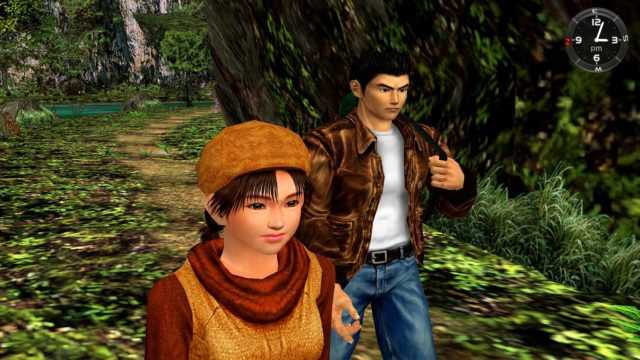
Shenmue II begins shortly after Shenmue’s climax as Ryu reaches the shores of Hong Kong. Having finally made it to China, Ryo continues his quest for vengeance in an unfamiliar and often dangerous new country. Along the way, Ryo finds an ally in the mysterious Shenhua, a young woman who Ryo saw in his dreams as far back as the first Shenmue. It’s a worthy continuation of Shenmue, as it takes the original game’s cinematic ambitions and pushes them even further. Also, with the knowledge that Shenmue III is on the way, it’s far less bittersweet to reach the end of Shenmue II.
Both stories, though different in scope and in tone, still feel as robust and thrilling today as they were when they were originally released. Shenmue is a series that knows when to be silly and when to be serious, which is why it can jump between forklift races and life-or-death battles without feeling disingenuous. Sure, they’re cheesy and a bit melodramatic at times, but this is largely because of their presentation, which has aged less gracefully than the story.

When looking at their presentation, it’s worth keeping in mind that both Shenmue titles were originally Dreamcast games (note: Shenmue II was released in the West on the Xbox, but it was a Dreamcast game in Japan). This makes the stiff faces and awkward movement that Shenmue is known for more excusable, even if it looks ridiculously silly at times. Character models and animations can be stilted and blocky, and some characters’ faces are straight-up funny to look at.
“[…] I consider the English voices, as goofy as they can be, to be an essential part of the Shenmue experience.“
The same goes for the English voice acting, which is some of the hammiest in video games as a medium. This has its own charm, but I won’t act like it isn’t straight-up laughable at all times. Japanese voices can be used in the HD Collection (another big perk for some fans), but I consider the English voices, as goofy as they can be, to be an essential part of the Shenmue experience. Even then, it might prove difficult for new fans to take both games seriously when voice-acting and motion-capture have both come so far.
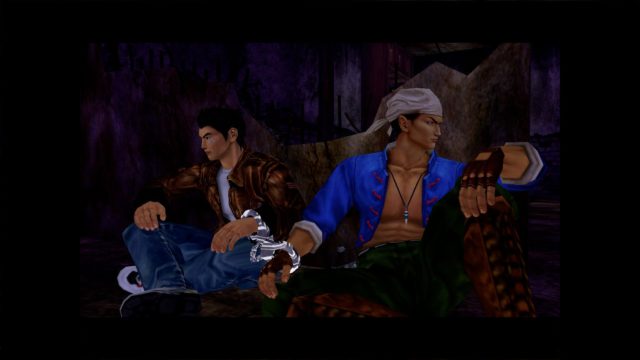
Shenmue is full of incredibly strange, awkward, and endearing characters. From Tom the dancing hot-dog salesman to the endlessly wise Tai Chi master Jianmin, every named character feels like their own person. To top it off, every NPC has their own unique daily schedule. This cements the sense of life that each location in Shenmue and Shenmue II has, as each weirdo has their own life to live outside of Ryo’s quest. Even 19 years later, Ryo is as cool as he was way back when. Whether you’re taking down 70 thugs or taking care of a little girl’s orphaned kitten, Ryo exudes an honorable sense of kindness and determination that gives him depth beyond his “angry revenge-driven” exterior. And maybe it’s just his English voice, but the moments of anti-social awkwardness that Ryo so frequently doles out are incredibly entertaining.
To this day, both Shenmue games have a sense of mystery that can’t be topped. Substories can only happen at certain times, goals aren’t always clearly presented to you, and (at least in the first game) there are no minimaps or waypoints. Using the information you gather and your journal, you have to put things together on your own. While this is pretty antiquated, I think the lack of assistance is part of what makes Shenmue great. You won’t always know what to do and it isn’t always easy to figure things out, but this kind of challenge is so rare that I can’t help but find myself getting (literally and figuratively) lost in Shenmue’s world. You’ll have to do a lot of waiting throughout both games though, with some sections towards the end of the first game requiring some stalwart patience from the player.

One of the most appealing features of the HD Collection is the ability to directly transfer your Shenmue save file to Shenmue II. This means everything Ryo had at the end of Shenmue will be in your inventory from the start of Shenmue II, which makes the two games feel more connected, like two halves of a larger story. There’s something satisfying about having “your” Ryo carry over to Shenmue II, as it adds a sense of personal continuity to the series.
“You get used to the controls within an hour or so, but they’re still difficult to use and horribly dated.“
Both Shenmue and its sequel do unfortunately have clunky “tank” controls. This means you have to hold forward or a button to move, then use the analog stick to steer Ryo around. It’s difficult to explain, but the best comparison I could make would be to the first few Resident Evil and Tomb Raider games. You get used to the controls within an hour or so, but they’re still difficult to use and horribly dated. Combat fares a bit better, as it’s basically a reskinned Virtua Fighter. Having to memorize and input specific commands to perform different attacks is quite challenging, but responsive enough to be plenty of fun once you get the hang of it.
Finally, I want to mention that the soundtrack for both games is simply stunning. There are sweeping, emotionally heavy ballads and quieter and more reserved character themes (“Nozomi and Ryo” comes to mind) that make up what could only be described as an excellent soundtrack that holds up perfectly.
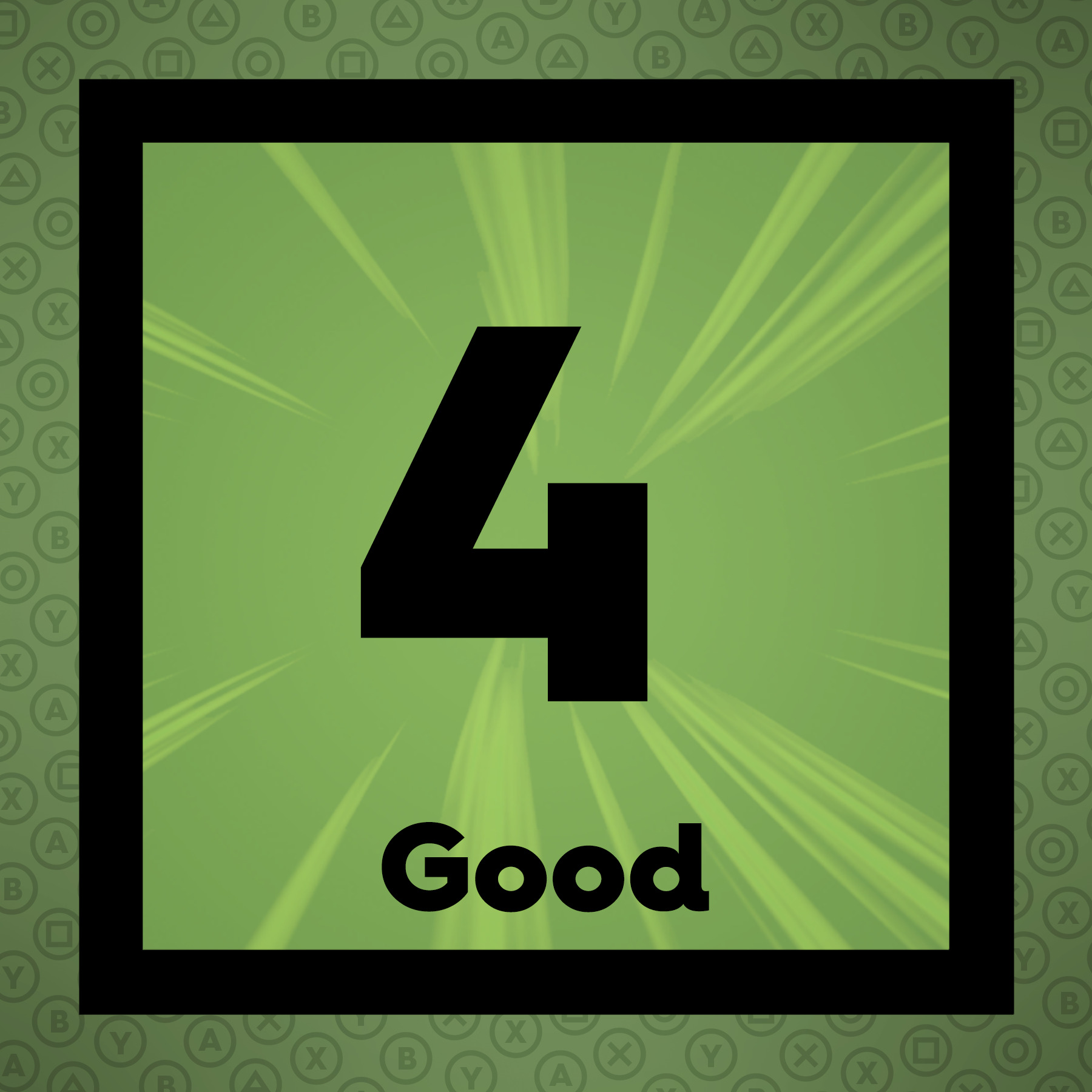 The Final Word
The Final Word
Shenmue 1 & 2 HD is a fantastic collection of two very dated but memorable classics. The antiquated controls and laughable presentation of both games will likely make them difficult to get into for modern audiences, but the epic story and wonderful characters more than make up for it. So as aged as they may be, anyone who gives Shenmue a chance could easily find themselves loving the series in the same way that myself and countless others already do.
MonsterVine Rating: 4 out of 5 – Good

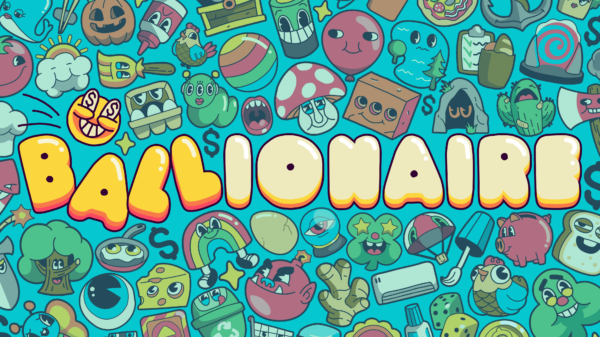
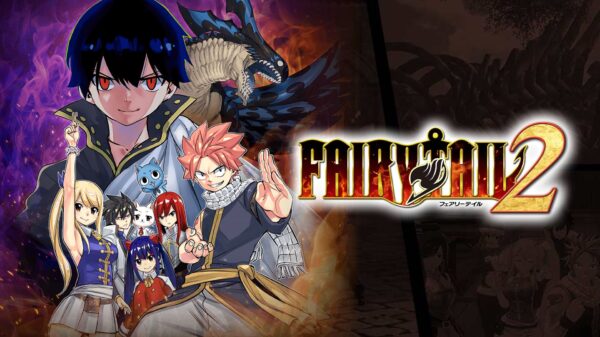
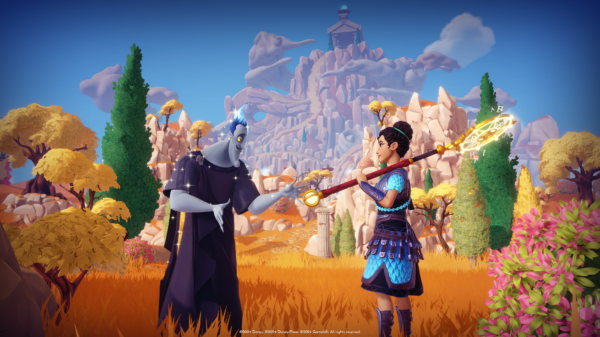
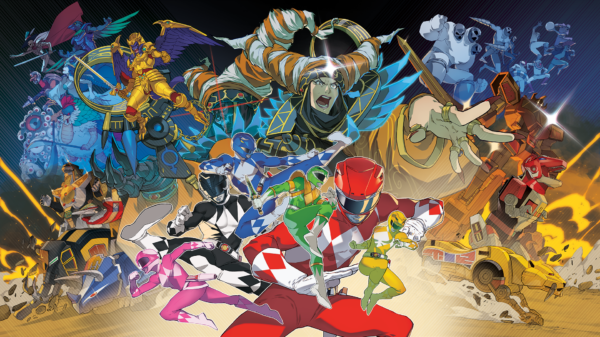
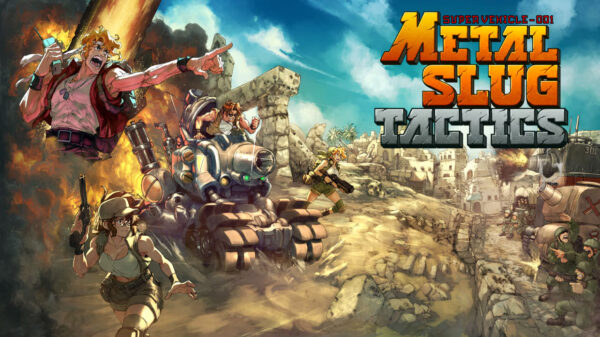









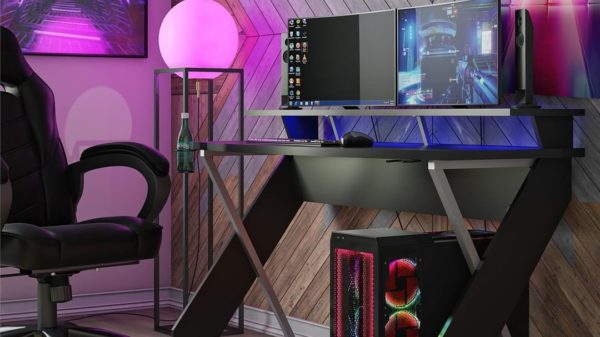













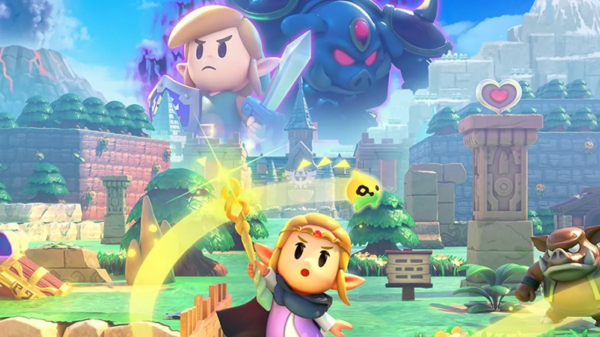
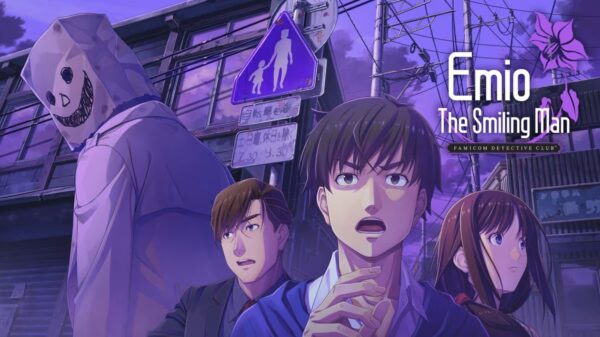
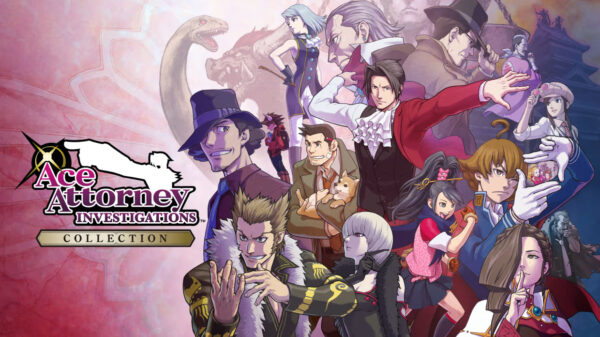

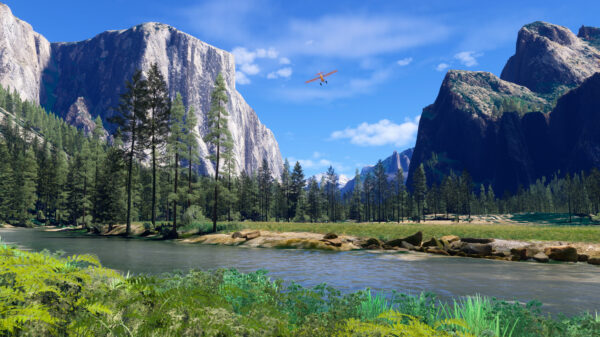



















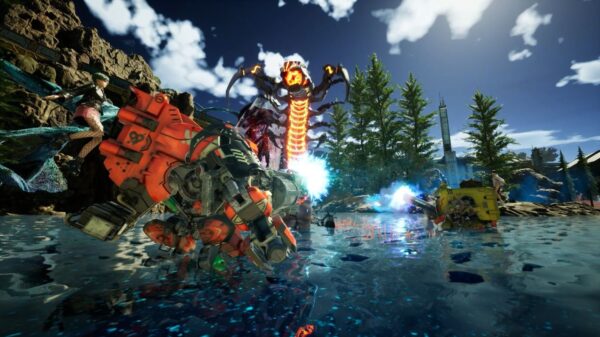

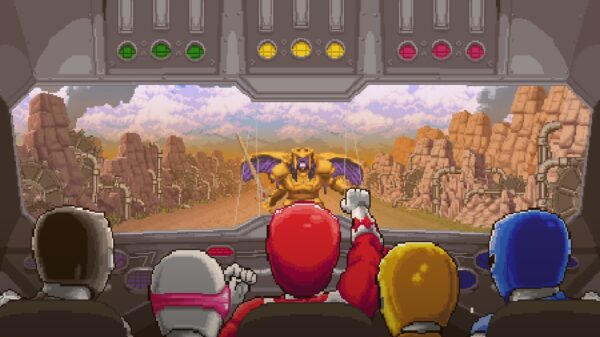
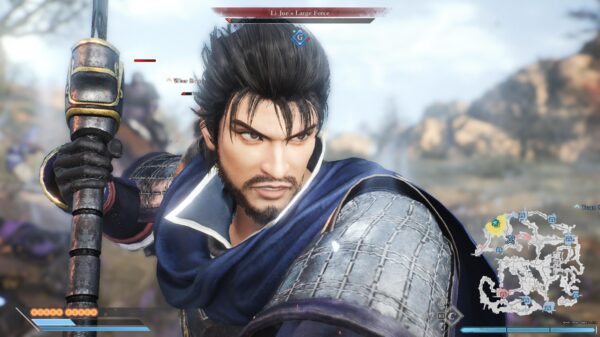
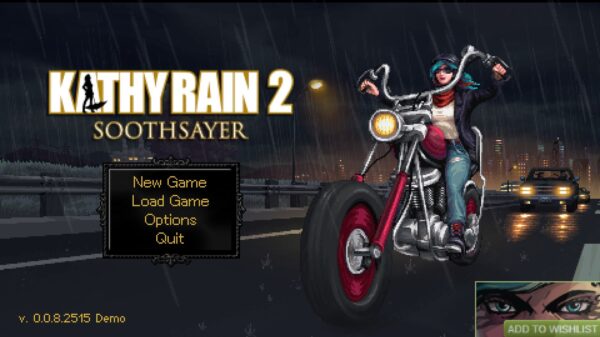
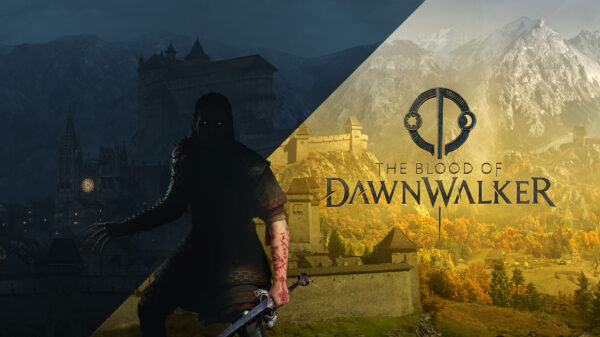
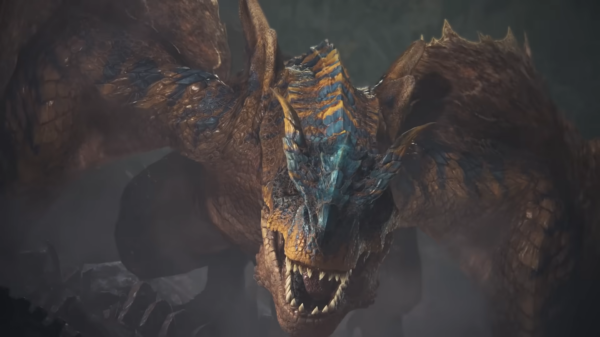



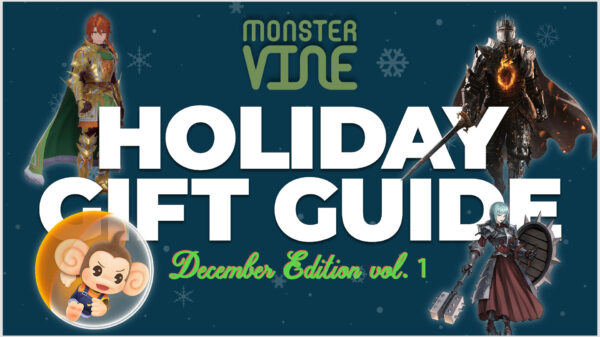
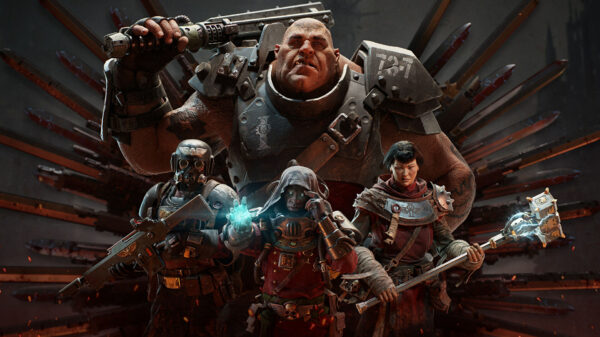

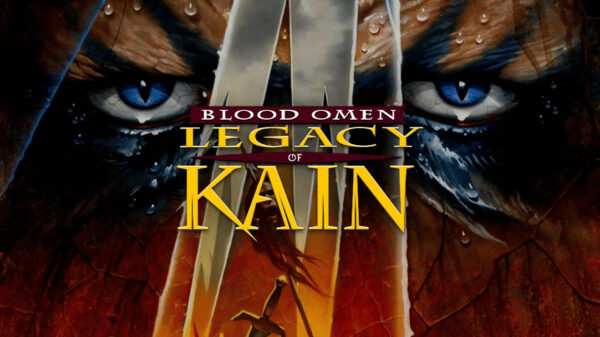
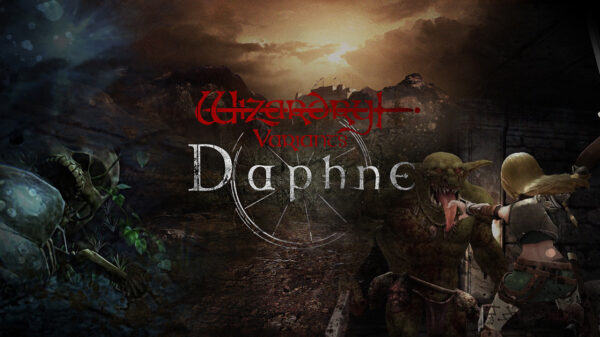




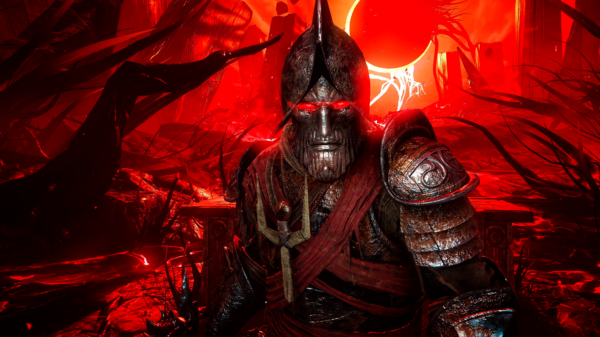
























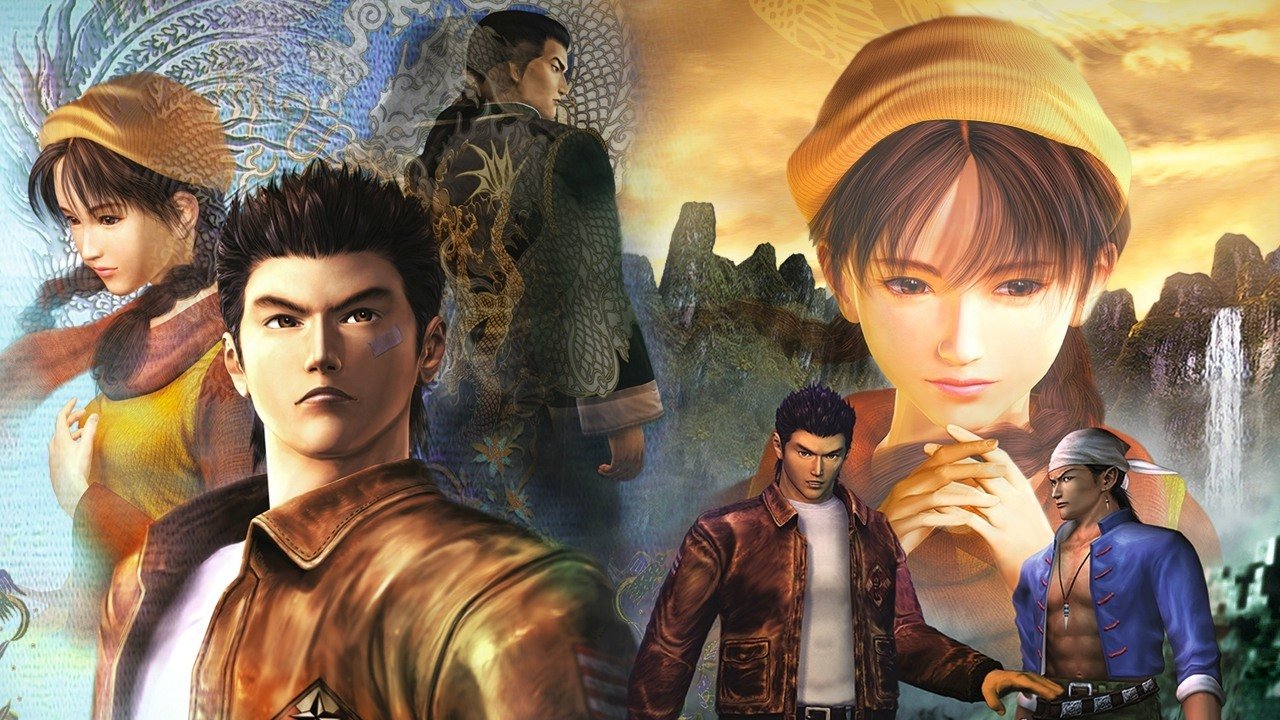
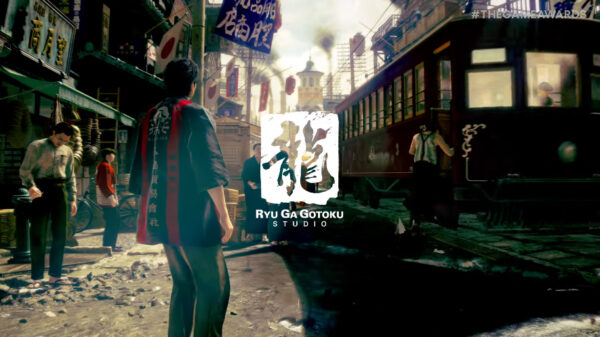

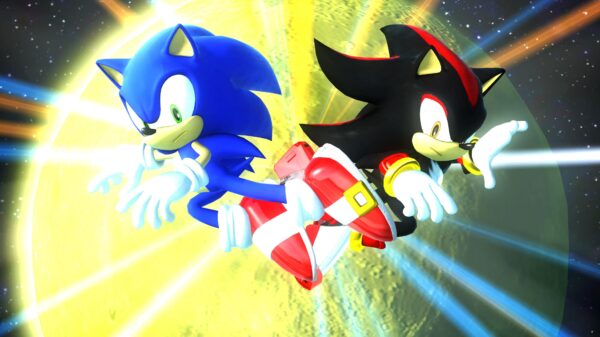

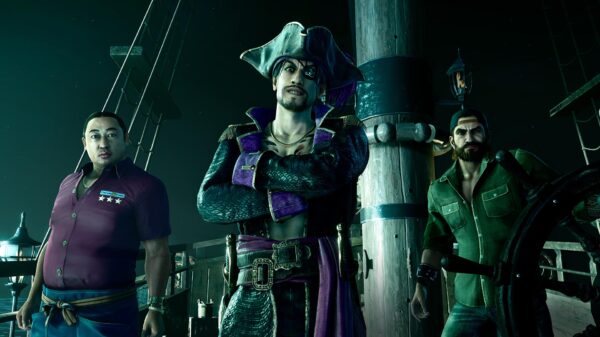

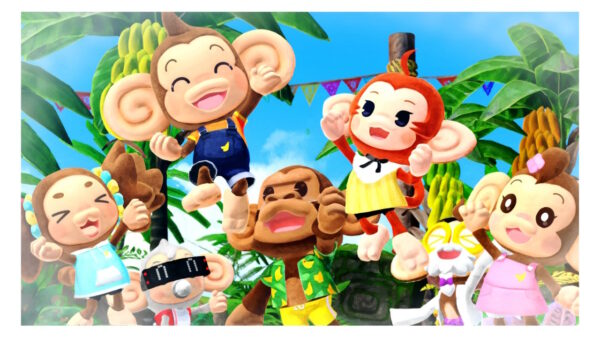



Pingback: Shenmue III Review - A Lost Dreamcast Classic | MonsterVine